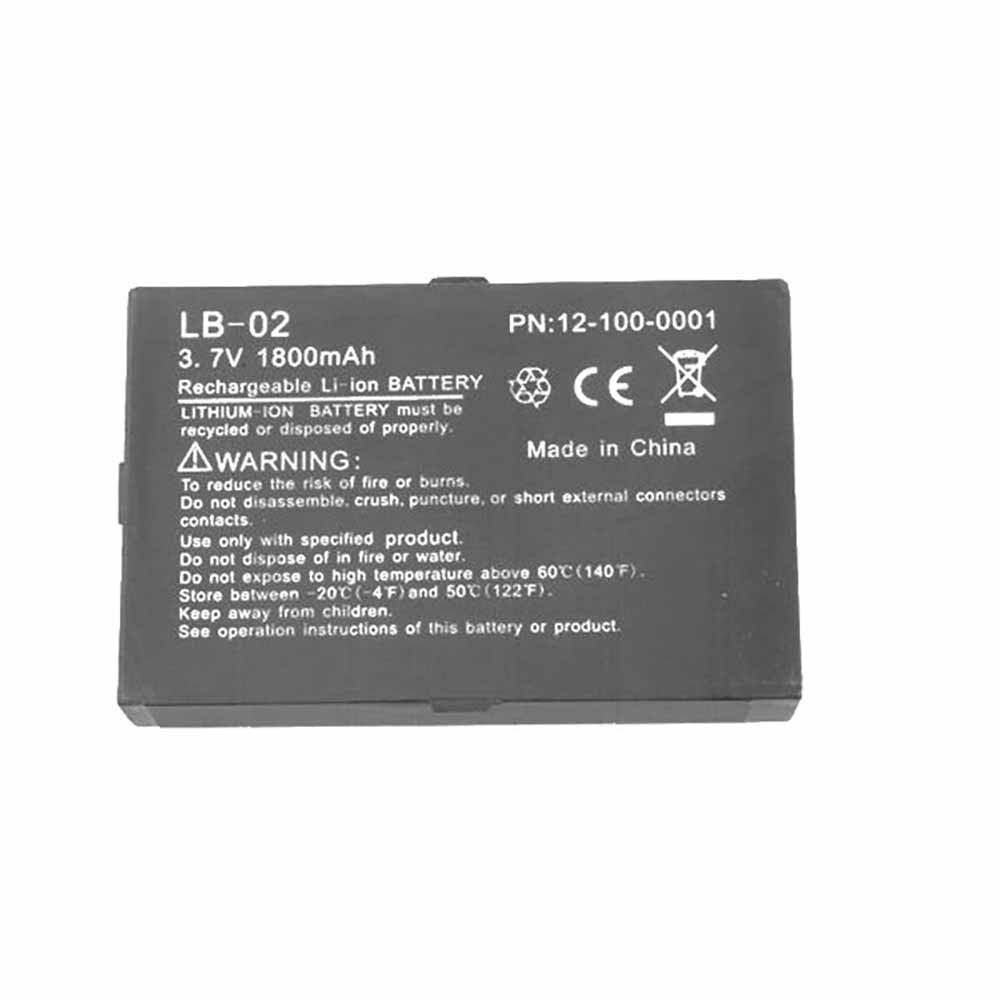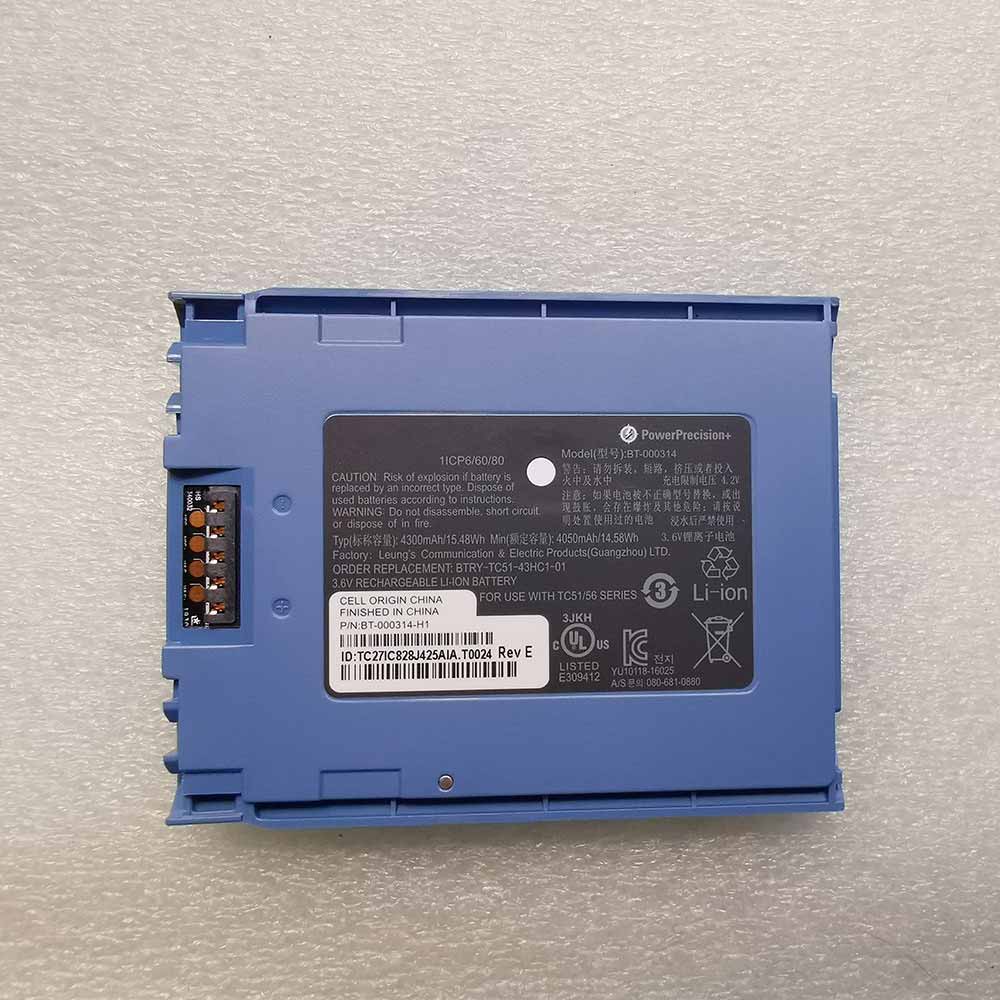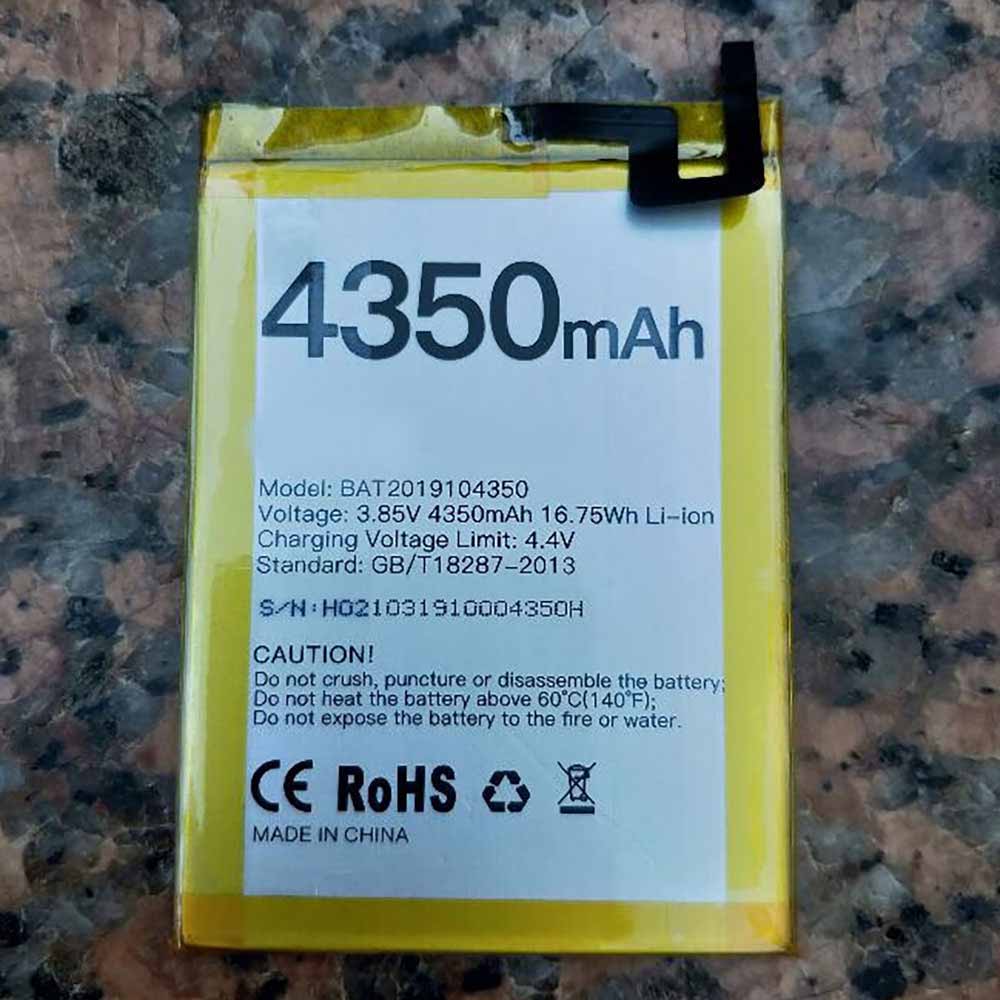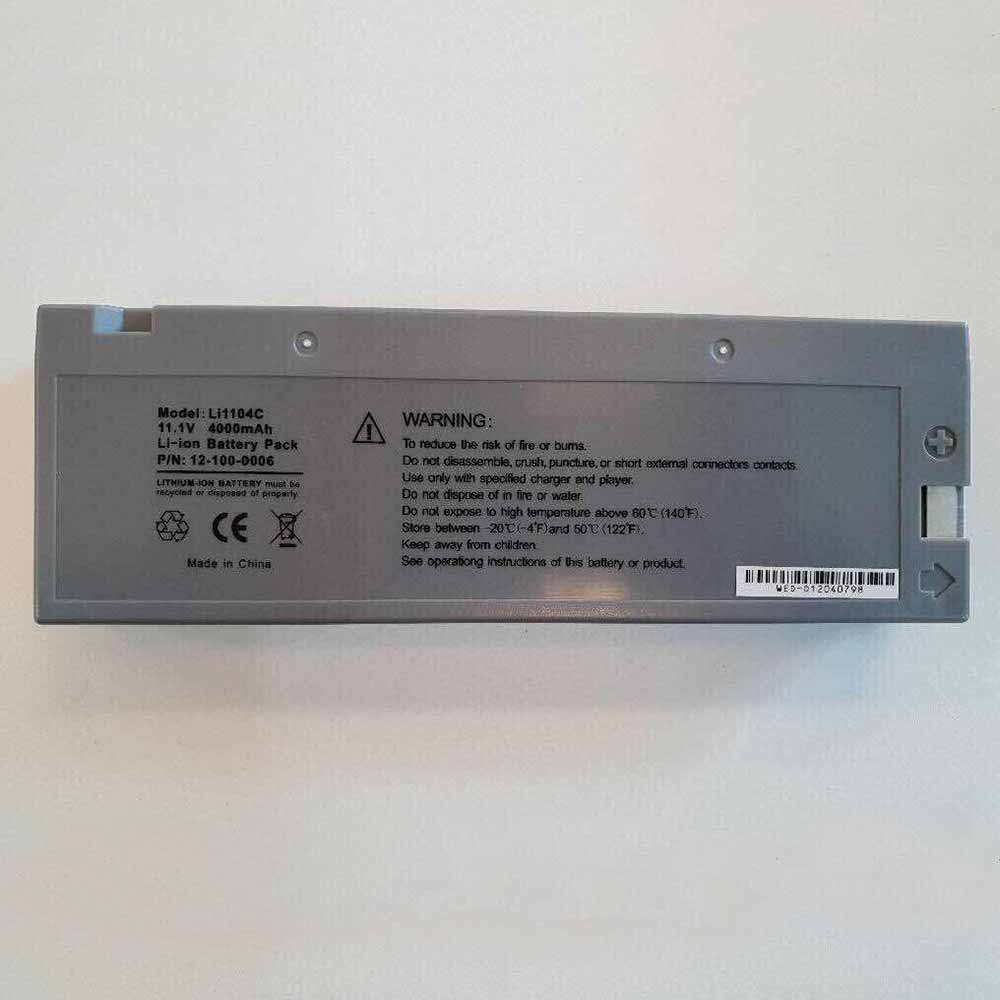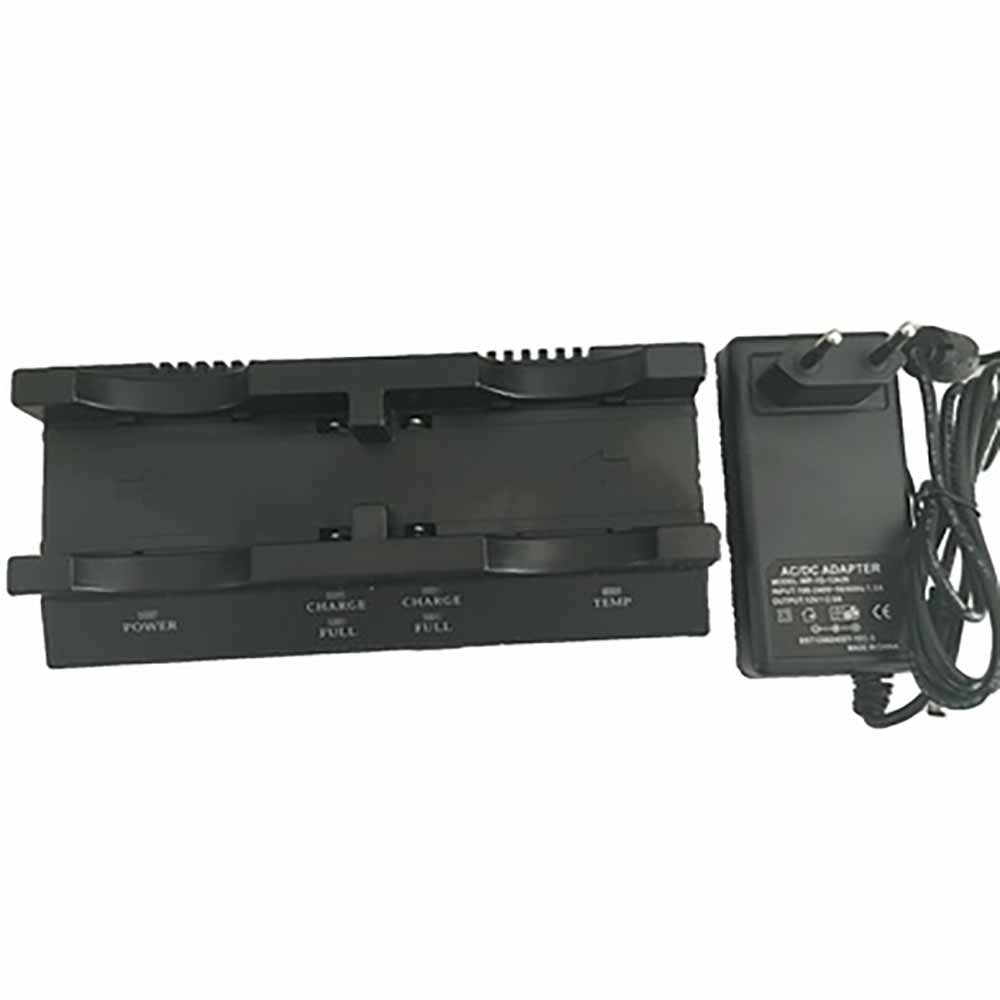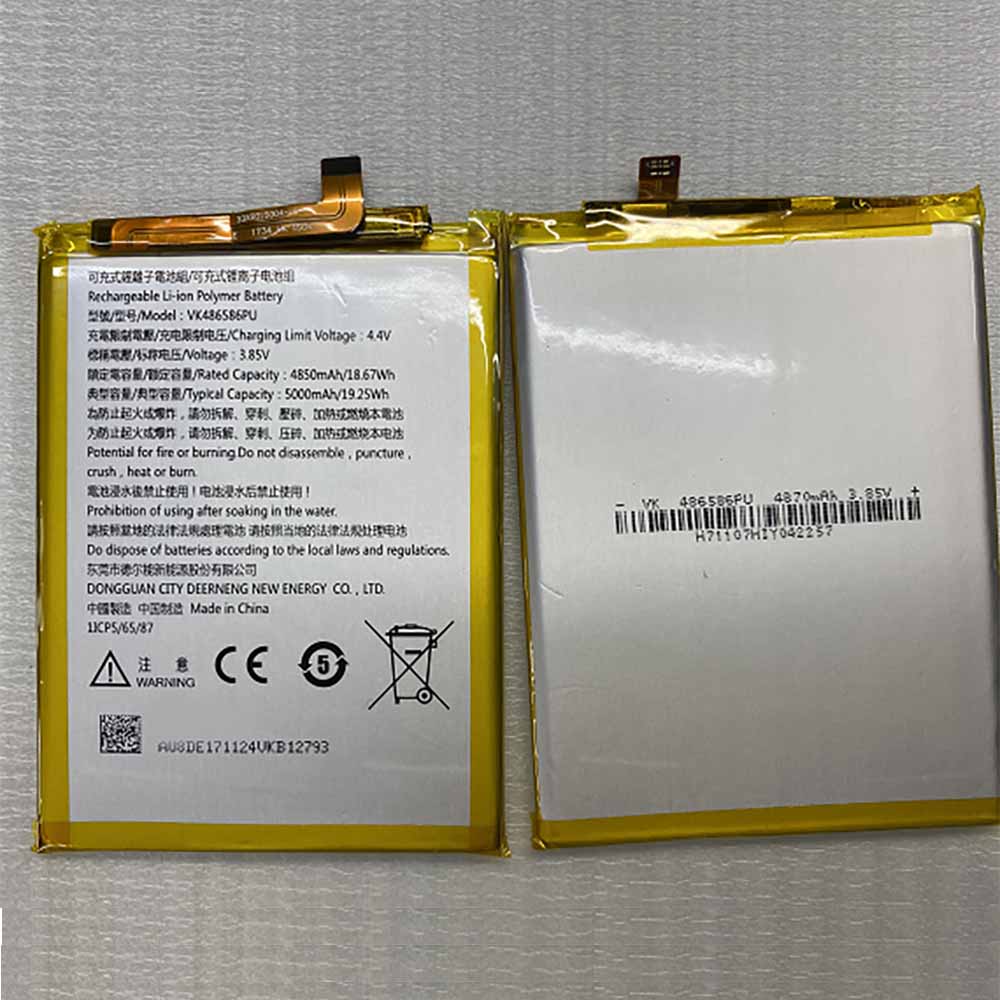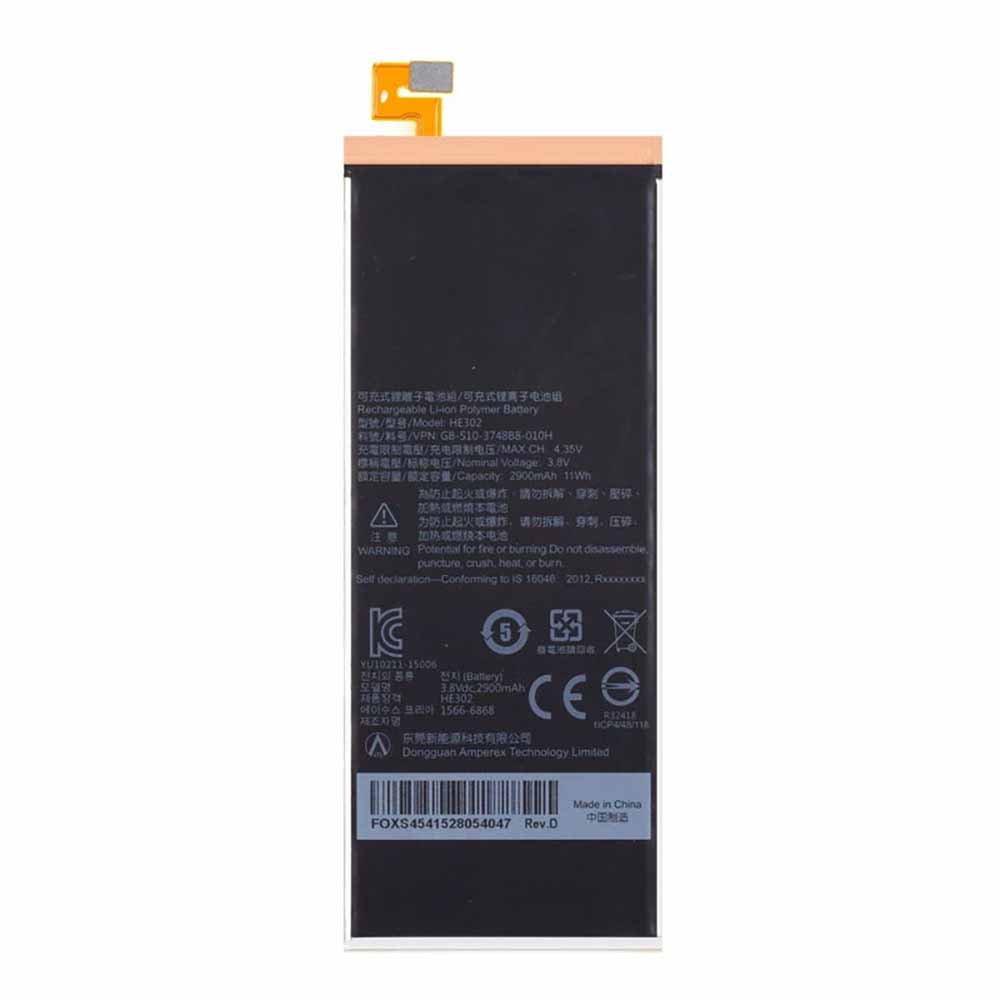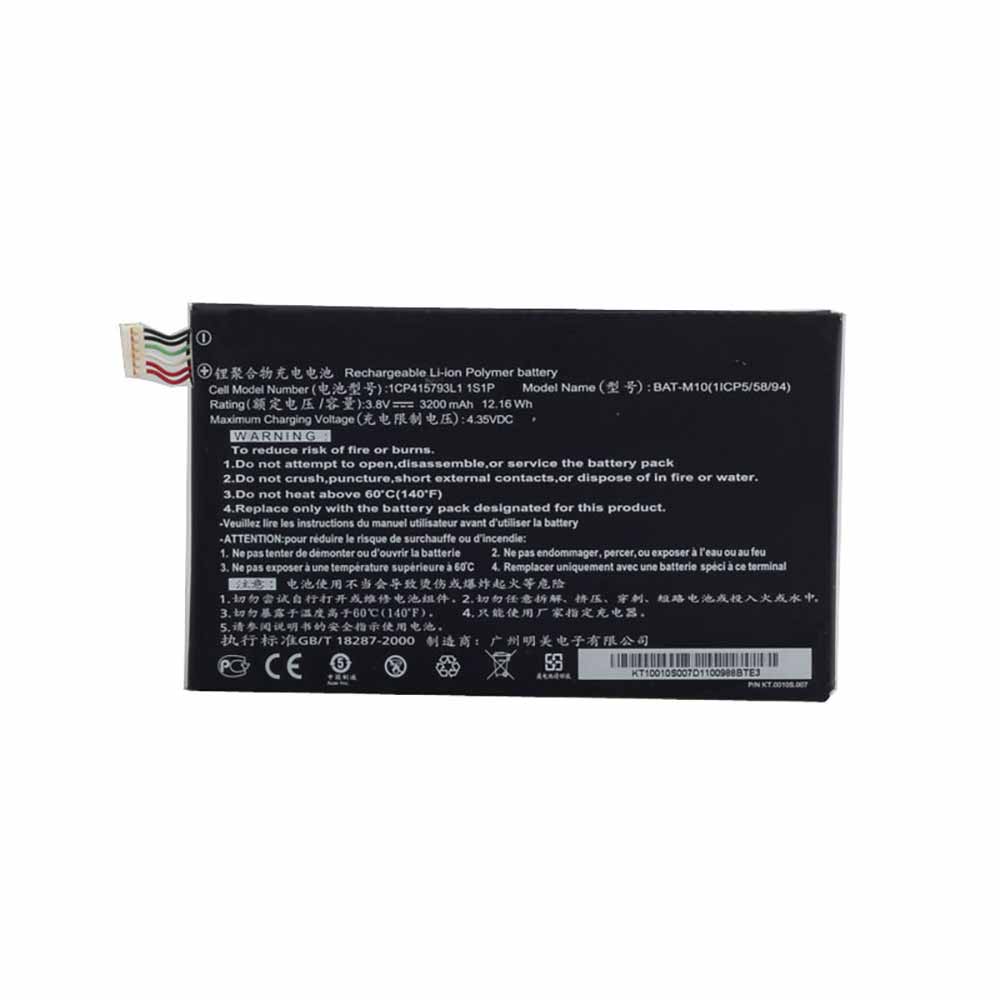Get power when you need it with a spare HYLB-1061B AC Power adapter. The HYLB-1061B Power Supply is specially designed for Maxkon SB-L160 SBL160 HYLB-1061B Raytheon Thermal Imager, capable of delivery 1 of power. The Maxkon HYLB-1061B adapter is certified by RoHS, CE & FCC for quality and safety. The adapter is protected against overload and short circuit malfunction.This 1 Maxkon HYLB-1061B AC Adapter charger guarantees to meet the needs of the original specifications. 1 Maxkon HYLB-1061B AC Adapter power supply is exclusively made with the help of top quality materials that provides highest level of safety, reliability, dependability and adaptability.1 Year Warranty,30 Days Money Back!
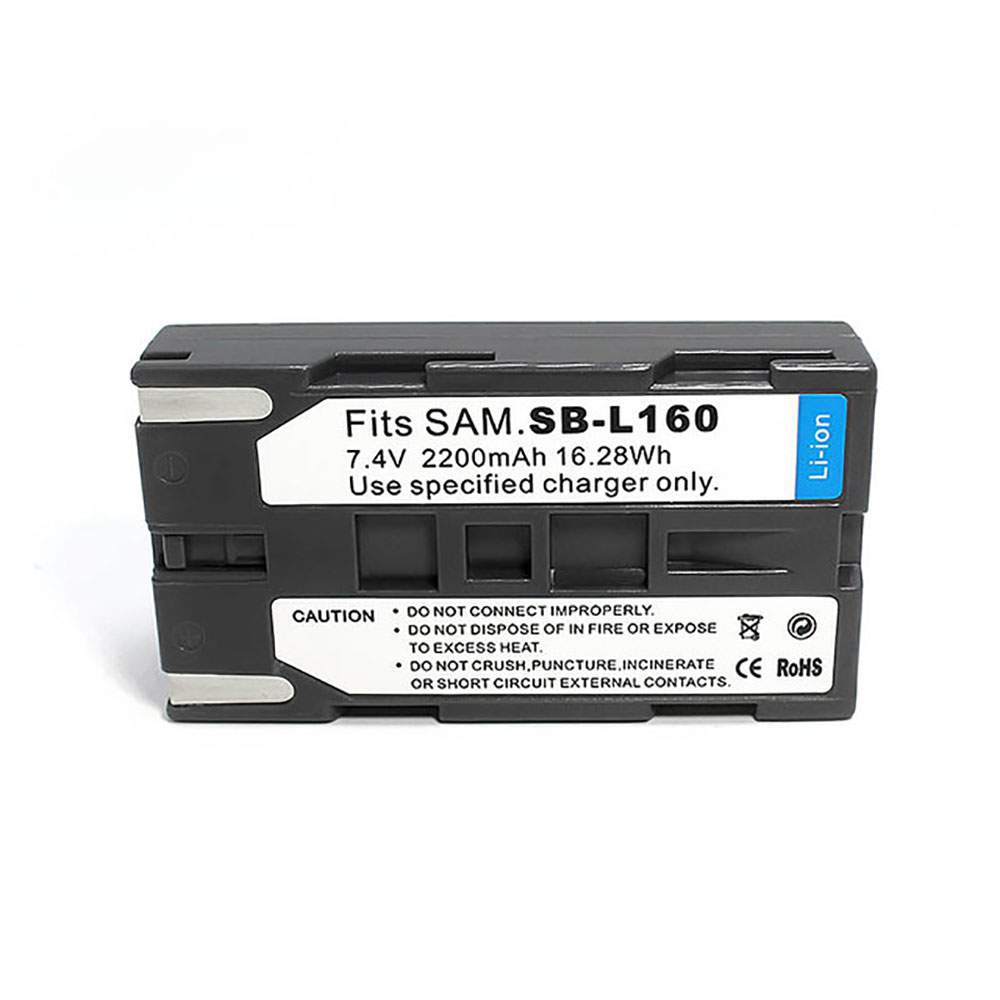
Product Description:
Brand : Maxkon
Input :110-240V 50-60Hz
Output :12V 1A-1.5A
Output Power: 1
TOP REASONS TO BUY FROM US
✔ Modern technology with a fast charging speed
✔ High-quality workmanship: A flexible and durable cable
✔ Guaranteed safety: Protection against short-circuits, overheating and excess voltage
✔ Compact, ergonomic design – ideal for travelling
Compatible Part Numbers:
HYLB-1061B
Compatible Models:
Maxkon SB-L160 SBL160 HYLB-1061B Raytheon Thermal Imager
Key Features:
Certified by CE and RoHS industry quality standard.
Limiting the Output of Over Voltage
Limiting the Output of Current
Shut down in Output of Short Circuit
Shut down in Internal Over temperature
High Efficiency and Reliability. This 1 Maxkon HYLB-1061B AC Adapter was tested and proven to match and/or exceed original specifications of Toshiba products
Over current protection;Total power protection;Over voltage protection;Short Circuit Protection
Free Shipping,1 Year Warranty,30 Days Money Back!
Maxkon HYLB-1061B Electronics adapter Use Tips :
1 . Please make sure you have order a correct connector.
2 . Plase make sure the DC OUTPUT of Maxkon HYLB-1061B Electronics adapter Connector size are accordant before order.
3 . Do not try to modify or disassemble the Maxkon HYLB-1061B.
4 . Do not place HYLB-1061B Electronics adapter in device for a long period of time if device is not being used.
5 . Do not short circuit the HYLB-1061B Maxkon Electronics adapter terminals while you charging for your Electronics.Prodotti popolari
